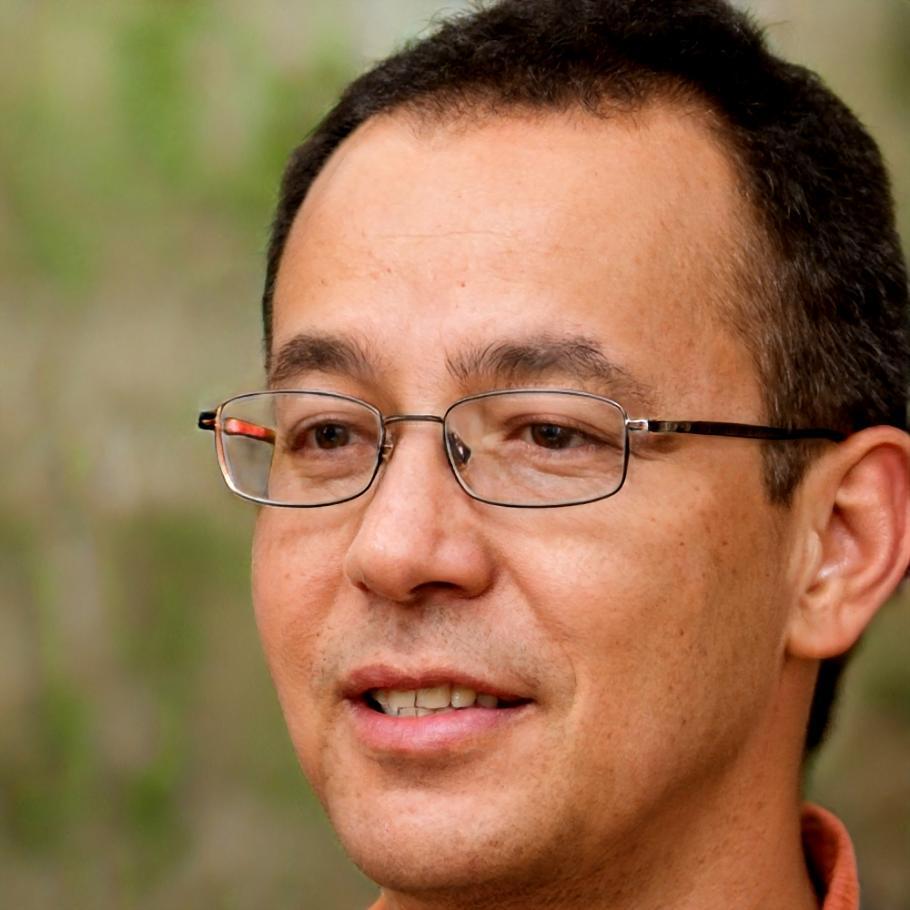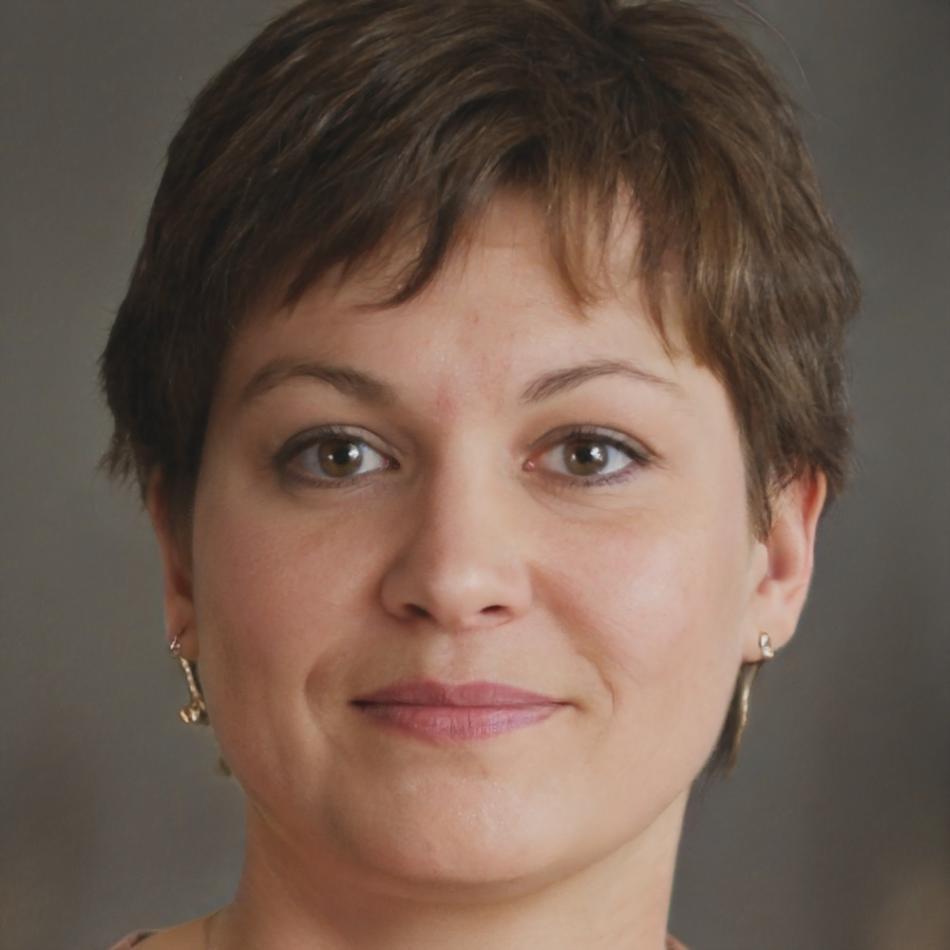Financial Analysis Education That Mirrors Real Practice
Building analytical capability through direct engagement with Australian financial data and market scenarios from 2025 onwards.
We're not running bootcamps or quick-fix courses. This program spans thirteen months because genuine analytical skill takes time to develop. Starting September 2025, you'll work through progressively complex financial scenarios that reflect what analysts actually encounter in Australian firms. No exaggerated promises about outcomes—just structured learning designed around how people actually develop competence in financial analysis.
Discuss Program DetailsHow the Program Actually Works
We've structured this around three distinct phases because that's what works. Each phase addresses specific analytical capabilities you'll need, with clear expectations about time commitment and what you'll be doing.
Foundation Period (Months 1-4)
You'll start with financial statement analysis using real company reports from ASX-listed firms. Not simplified examples—actual documents with all their complexity and occasional inconsistencies.
- Working with balance sheets, income statements, and cash flow data
- Understanding ratio analysis in context rather than as abstract formulas
- Learning to spot where numbers don't quite align and why that matters
- Weekly assignments that require 8-12 hours of focused work
Application Phase (Months 5-9)
This is where things get more demanding. You'll analyze sector-specific scenarios and start building models that actually produce useful outputs rather than just demonstrating techniques.
- Sector analysis projects covering retail, mining, and financial services
- Building financial models that account for Australian market conditions
- Learning how to communicate findings to non-technical audiences
- Group projects that mirror collaborative work environments
Integration Period (Months 10-13)
The final stretch focuses on synthesis. You'll work on comprehensive analysis projects that require combining everything you've learned while managing realistic constraints.
- Complete company valuation projects with documented methodology
- Risk assessment scenarios based on recent Australian market events
- Presenting analysis findings with appropriate caveats and limitations
- Building a portfolio of work that demonstrates actual capability
What Financial Analysis Really Involves
There's quite a bit of confusion about what financial analysts actually do. Let's address that directly with specific examples from our program content.

Beyond the Spreadsheets
Understanding Context Over Calculation
Anyone can learn Excel formulas in a few weeks. What takes longer is developing judgment about when a 15% margin decrease signals genuine concern versus expected seasonal variation. We use case studies from 2024 Australian market events where context made all the difference in interpretation.
Working With Incomplete Information
Real analysis rarely involves perfect data sets. You'll often need to make reasonable assumptions, document them clearly, and understand how they affect your conclusions. Our program includes scenarios where you have to work around missing quarterly data or reconcile conflicting sources—situations that come up regularly in practice.
Communicating Uncertainty Appropriately
One of the harder skills to develop is expressing appropriate confidence levels in your analysis. We spend considerable time on how to present findings that acknowledge limitations without undermining credibility. This matters more than most programs admit.
Regulatory and Reporting Frameworks
Australian financial reporting has specific requirements under AASB standards. You'll learn how these affect analysis work and why certain information gets presented in particular ways. It's not exciting material, but it's necessary for doing competent work in this market.
Who Teaches This Material
Our instructors come from working backgrounds in financial analysis rather than purely academic settings. They still consult and maintain active involvement in the field, which means the content reflects current practice rather than textbook theory from five years ago.

Kieran Blackwood
Senior Analyst
Spent twelve years in equity research covering ASX industrial companies before shifting to teaching. Still does consulting work for mid-tier firms. His program modules focus on sector analysis and valuation methods that hold up under scrutiny.

Neville Thorsby
Risk Assessment Specialist
Background in credit analysis and risk management across banking and corporate sectors. Teaches the program components dealing with financial risk, stress testing, and scenario analysis. Known for detailed feedback on model construction and assumptions.

Bronwyn Hargrave
Financial Reporting Expert
Fifteen years working with Australian accounting standards and regulatory compliance. Handles the program sections on financial statement analysis, reporting requirements, and how regulatory changes affect analytical work. Direct teaching style appreciated by students who prefer clarity over encouragement.
Questions Organized by Decision Stage
We've grouped common questions based on where people are in considering the program. This should help you find relevant information more easily.
Before Enrolling
What background do I actually need?
You should be comfortable with basic mathematics and have some exposure to business or economics concepts. Prior finance experience helps but isn't required—we've had successful students from engineering, science, and humanities backgrounds. You will need to be prepared for substantial independent work each week though.
When does the September 2025 intake close?
Enrollment closes on August 15, 2025. We cap cohorts at 24 students because the program involves substantial individual feedback, and quality drops when groups get larger. The January 2026 intake will open in November 2025 if September doesn't work for your schedule.
Can I work full-time during the program?
Many students do, but it requires careful time management. Plan for 12-15 hours per week minimum, with some weeks requiring more during project deadlines. The schedule is structured to avoid requiring attendance during standard business hours, but you can't treat this as casual learning on the side.
During the Program
How does assessment work?
You'll complete weekly assignments, three major projects (one per phase), and a comprehensive final analysis project. Everything gets detailed written feedback. We don't use multiple-choice tests—assessment focuses on demonstrating analytical capability through written work and models.
What happens if I fall behind?
The program moves at a set pace because later content builds on earlier material. We offer some flexibility for unforeseen circumstances, but if you miss more than two weeks of work, you'll likely need to defer to the next cohort rather than trying to catch up while falling further behind.
Is there interaction with other students?
Yes, particularly during the application phase when group projects begin. You'll work in teams of three to four on sector analysis projects. Some students form study groups independently, though that's not required. The program structure encourages collaboration without forcing constant group work.
After Completion
What can I realistically expect afterward?
You'll have developed practical analytical skills and a portfolio of work demonstrating capability. We don't guarantee job placement—that would be dishonest. What you get is genuine competence in financial analysis techniques and documented evidence of that competence. How you use that depends on your individual circumstances and effort.
Do you provide ongoing support?
Program alumni can access updated materials as we revise content, and you're welcome to reach out with specific questions. We don't offer formal career counseling, but instructors will provide references for students whose work demonstrates strong capability. The alumni network is modest but active—about 180 people across four years.
Ready to Discuss Program Details?
If this approach makes sense for your situation and timeline, get in touch. We can answer specific questions about how the program fits your background and what you're trying to accomplish.
Contact Our Team